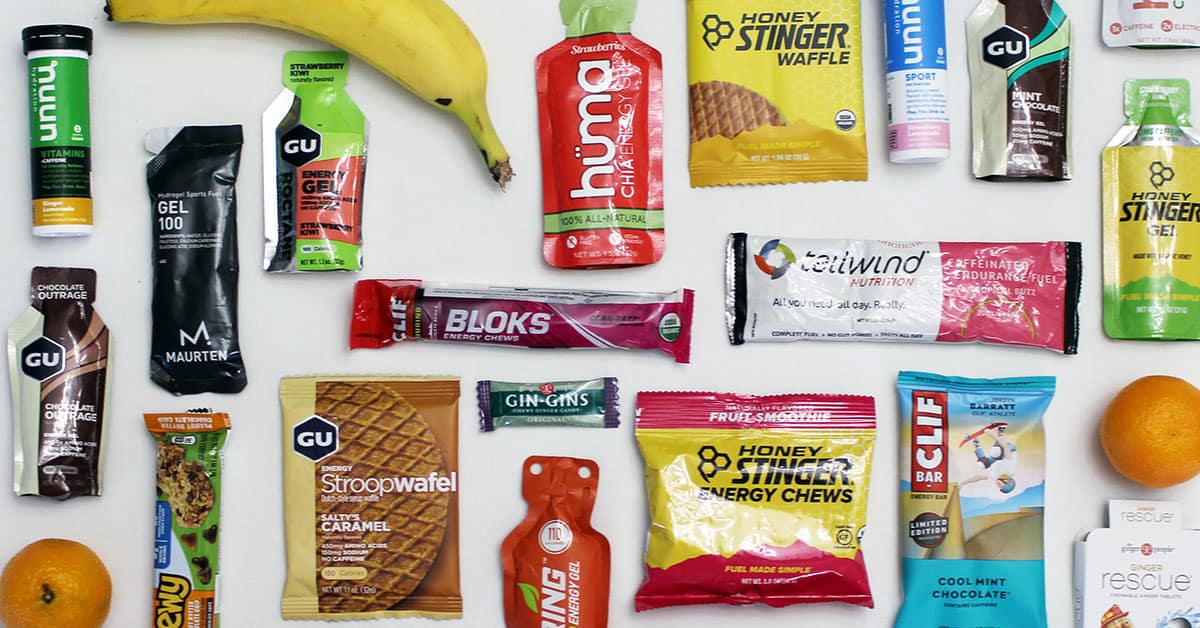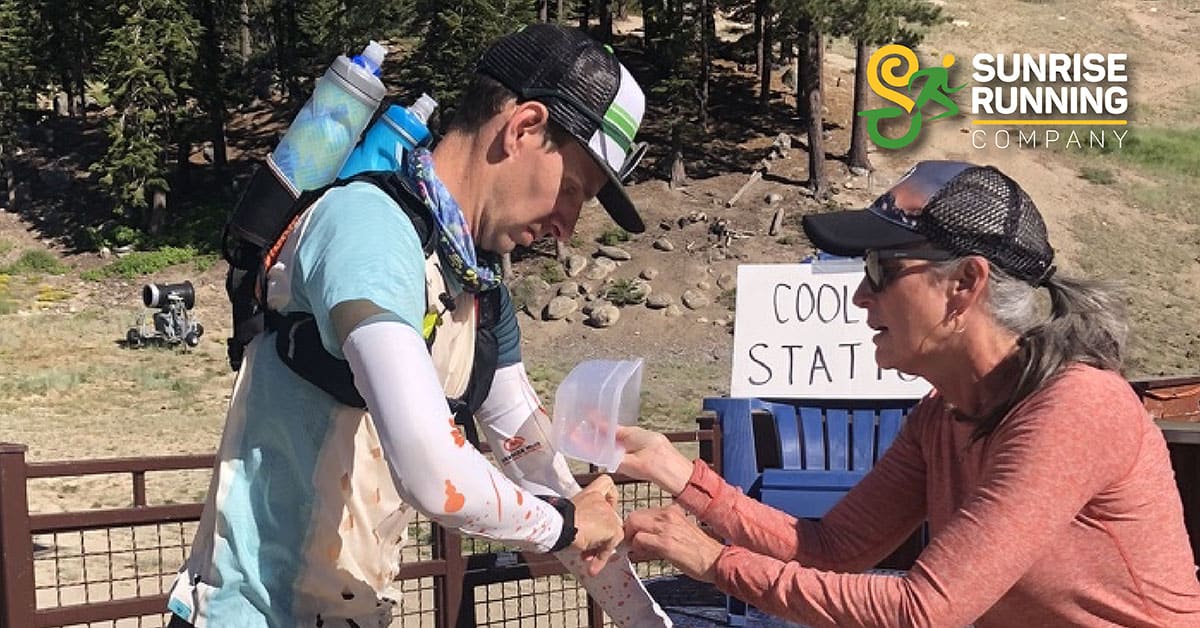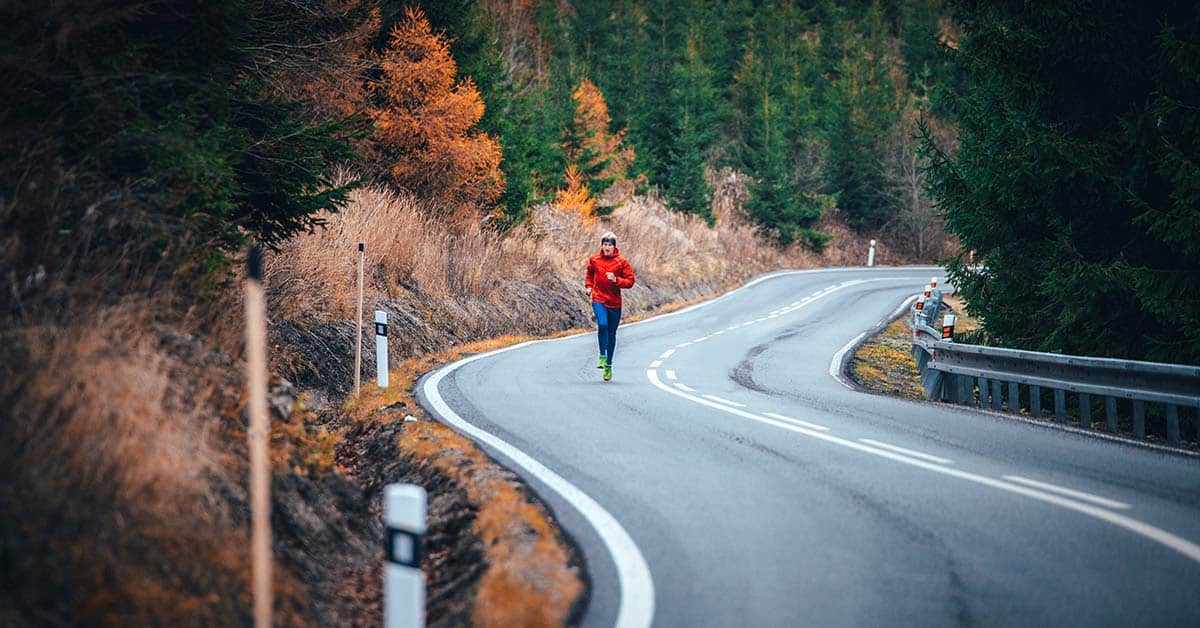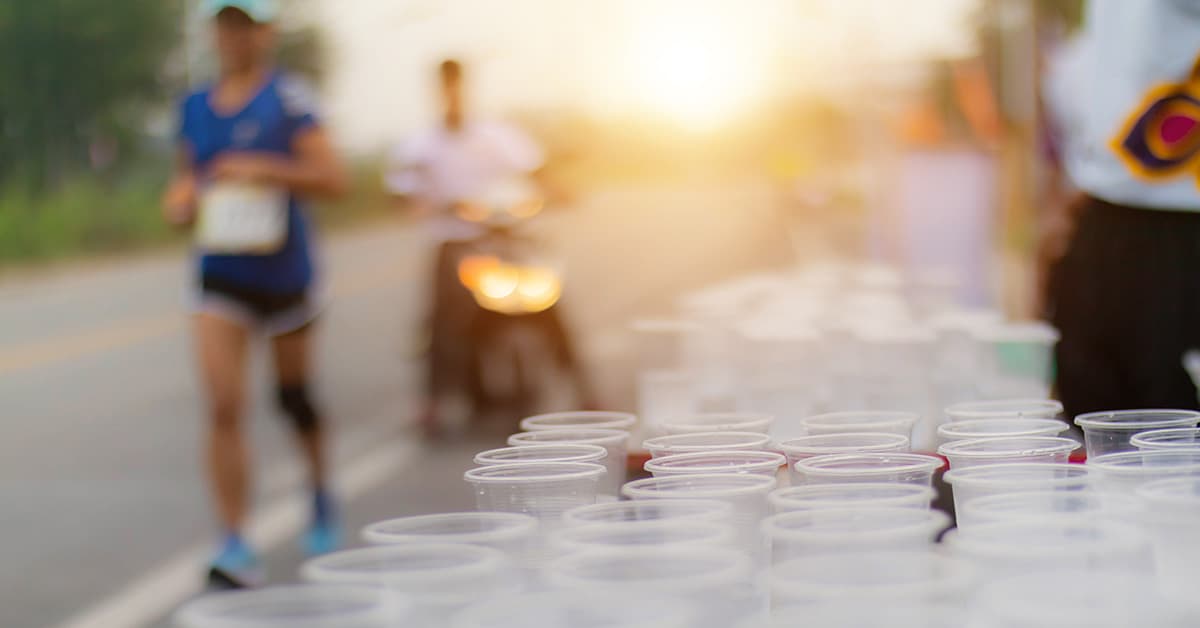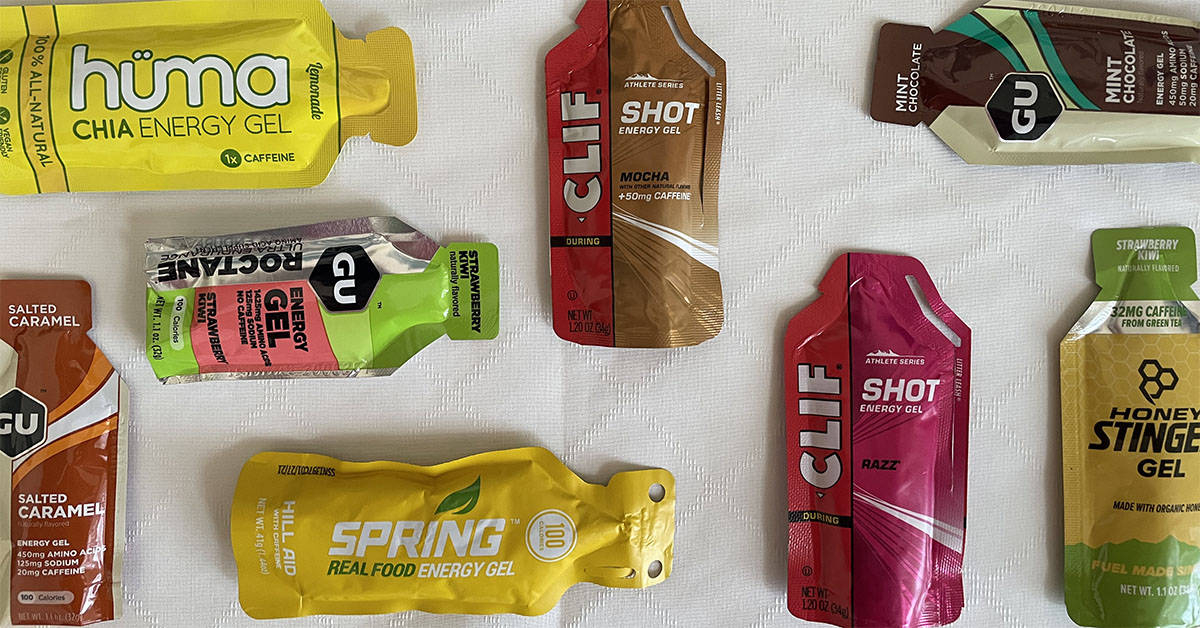When you begin trail running more regularly, you’ll need to start thinking through your nutrition plans a little more. Generally speaking, keep up with the same nutritional standards that you would follow for road running. You won’t need to change your day-to-day habits very much. It’s a little more nuanced than that.
The primary difference in nutrition for trail running is thinking through the kind of snacks and drinks that you’ll need during the run. Plus, you need to have a plan for how you will get your calories if you’re on an especially remote trail. In particular, if you are competing in a trail running race, you likely won’t encounter water and aid stations the way you would during a road race. Trail running requires more planning.
Basic Rules for Trail Running Nutrition
Whether you’re road running or trail running, follow these basic rules for nutrition:
- Eat carbs. Light carbs are a much better option than heavy, fried carbs. Getting your carbs from fruit is going to feel way better than getting it from donuts or pizza!
- Eat protein. Again, lightweight is better than heavy if you’re eating within a couple of hours of running. Nuts, peanut butter (or another nut/seed butter), and eggs are great protein boosters while you’re training for a race.
- Eat the right amount of calories. More to come on this, but basically, make sure that you balance your calorie intake with how many calories you’re burning.
- Stay hydrated. Trying to run when you’re dehydrated is horrible. Drink water before, during, and after your runs. Hydration is super important!
Trail running nutrition is only a little more specific than road running nutrition. Trail running is more physically demanding than road running, even if you’re going the same distance. So, you’ll need to amp your nutrition up a little bit to meet the new exertion level.
Nutrition for Trail Running
Plan Ahead
One of the biggest considerations of nutrition for trail running is learning how to carry and eat food during the run. If it’s a short trail or a loop that brings you back to your car repeatedly, just stash some snacks in your car and take a break whenever you need to. If you’ll be out on the trail for an hour or more though, you’ll need to bring some snacks with you. You may need to buy a hydration pack, vest, or belt that will double as a snack holder. Orange Mud and Ultimate Direction both make some great options for trail runners. Bring whatever you’ll need while you’re out on a trail.
Calories
If you’re going on a very short run, you might not need any extra calories while you’re out. If you’ll be out for over an hour though, start planning on mid-run calories. Plan to consume 200 to 400 calories per hour while you’re out on the trail. This translates to eating or drinking 65 to 130 calories every 20 minutes. These calories can come in the form of sports drinks, gels, or small snacks. Focus on carbs as your primary calorie source during the run.
You will want to do some experimenting with different products to find what works best. Some things to consider when choosing trail running nutrition options:
- How easy is it to carry in your shorts, handheld, belt, or pack?
- How easy is it for you to open while on the run?
- How many calories does it contain?
- How does your body respond to it?
Those last two questions are probably the most important to consider when choosing trail running nutrition. Many products can leave runners feeling nauseous. There are lots of products out there that are all-natural, which will typically be easier on your digestive tract. Some examples of more natural products include Huma Chia Energy Gels and Honey Stinger. Unless you’re out for an especially long run, only eat food that’s heavy in protein or fat after the run. Those foods can weigh you down during the run.
Hydration
Since trail running requires more effort than road running, you’ll get dehydrated a little more quickly on trail runs than you would on road runs. So, bring more water than you would for a road run of the same distance — especially if it’s hot outside or if you’re running in a new area. If you’ve been hydrating properly before the run, you should only need 5-10 fluid ounces of water every 10-15 minutes during the run. When you first start trail running, it’s better to err on the side of bringing more water. As you become more experienced and more familiar with your usual trails, you’ll get a feel for how much water you actually need for trail runs.
Conclusion on Trail Running Nutrition
As with most advice in the running world, try a few things and see what works best for you. Experiment with different types of snacks and gels to see what gives you the most energy and stamina during a trail run. If something doesn’t work well, ditch it and try something else. Trail running nutrition is just as personal as nutrition for road running. Follow the basic rules and find what works best for you.
A Training Plan that Works for You.
Our collection of running plans will help you train year-round. From 5k to a 100-mile ultramarathon, we have a training plan built for your experience level and goals. Every plan is delivered via Final Surge, allowing you to sync workouts across devices, receive daily reminders of workouts and activities, and analyze workout and target zone details. Get started today with a training plan built for you, view our running plans here.


